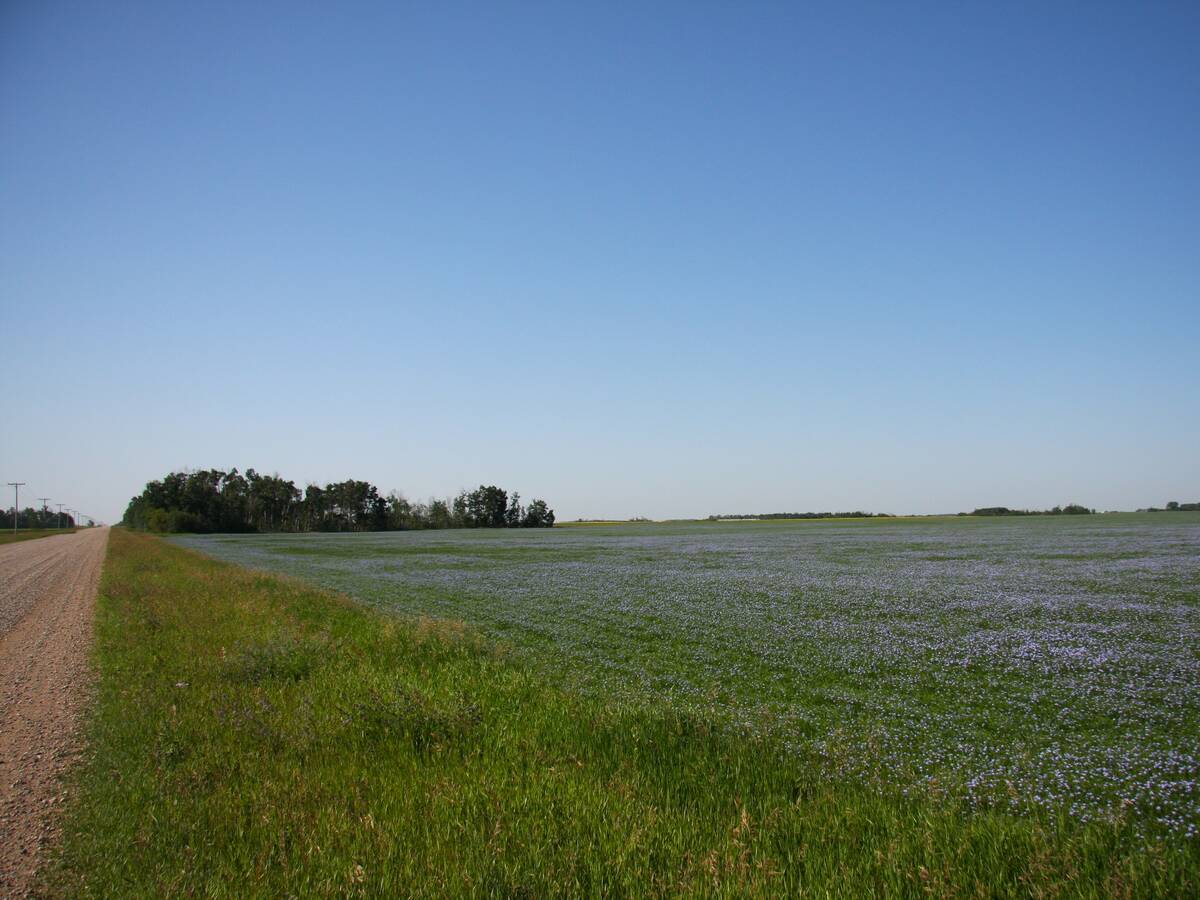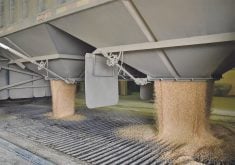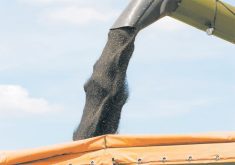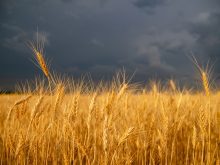Always cheery, endlessly moving, oddly young-seeming — that’s the average farm broadcaster at farm and agriculture events. If you’ve been to many farm shows, you’ve probably seen a few.
They’re often found holding a microphone in the face of farmers stopped along the rows and booths of a show or some bigwig thrown into a scrum situation.
Then the ag radio journalist is off in a rush, getting back to whatever sort of a makeshift studio they have at the show, slicing and dicing the audio they’ve just captured and getting prepared for almost instantaneous live broadcasting.
If newspaper journalism is “the first draft of history,” live radio is like the first quick scribblings of that draft. It’s an amazing fast-turnaround form of media.
Read Also

Farmland advisory committee created in Saskatchewan
The Saskatchewan government has created the Farm Land Ownership Advisory Committee to address farmer concerns and gain feedback about the issues.
There at the recent Ag in Motion farm show was Neil Billinger, the always cheery, endlessly moving, surprisingly young-seeming agriculture director of CJWW radio. Calm, cool and collected, he was picking up audio, talking to farmers and fulfilling a role he’s held since 1990. Clearly, 35 years of ag radio hasn’t burned him out.
On the first night of AIM, the Saskatchewan Farm Writers Association got together for supper, charitably inviting foreigners like me (from Manitoba) to join the crew of reporters, writers, broadcasters and communicators at a local restaurant.
Neil was there, as was legendary eastern Saskatchewan radio jock Jack Dawes. Jack’s been scrambling after farm stories forever, which is exactly what he was doing at AIM.
Jim Smalley, the 50-year veteran of CKRM and other ag radio in Regina, wasn’t there, but his replacement was. When I was based in Regina, I did lots of interviews beside Jim, with he and I scrambling off whenever ag news broke. He was the Energizer Bunny of ag radio.
Beside me at the dinner sat Kevin Hursh, who even decades after leaving his show Farmgate is still famous for that role, in which he stamped himself into the memories of tens of thousands of farmers.
Today he farms, works within agriculture, speaks at conferences and — most importantly — is a weekly columnist for the Western Producer. You can’t slow these guys down.
In Des Moines, Iowa, at the World Pork Expo in early June, newspaper scribblers were exposed to a veritable cacophony of radio-voice chatter in the event’s media centre. There were at least three farm broadcasters doing regular newscasts out of the unsoundproofed booths, reading news headlines, sports scores, weather forecasts and, of course, crop futures and livestock prices.
In between their live broadcasts they’d manage to pull off interviews with hog and pork industry leaders, upload the audio to their cloud platforms and be back ready for the next live hit from the Expo. It’s amazing to behold.
Outside in a big tent, the crew of U.S. Farm Report was recording a session of their TV show with a panel of farmers and an economist.
A battery of cameras was set up and power cables snaked across the floor. Wind and heat, the ever-present scent of barbecued pork and the background hum of hundreds of farmers provided a challenging environment for host Tyne Morgan, but she didn’t seem bothered in the least.
These U.S. ag broadcasters never seemed harried. They didn’t appear to be exhausted. They were cheery and chipper.
That’s notable because most non-ag mainstream radio reporters often seem worn-out, frazzled and embittered after too many years of intense work for low wages and little security. Few of them end up working 30 years in the business.
Do ag radio reporters get paid and treated better? I have no clue because it is impolite to ask. But there’s something about these people that is very special, and farmers everywhere should appreciate that they have a unique crew of radio and TV broadcasters working for them.
When you see one, say thanks. There aren’t many of them, but they do a bunch.
















